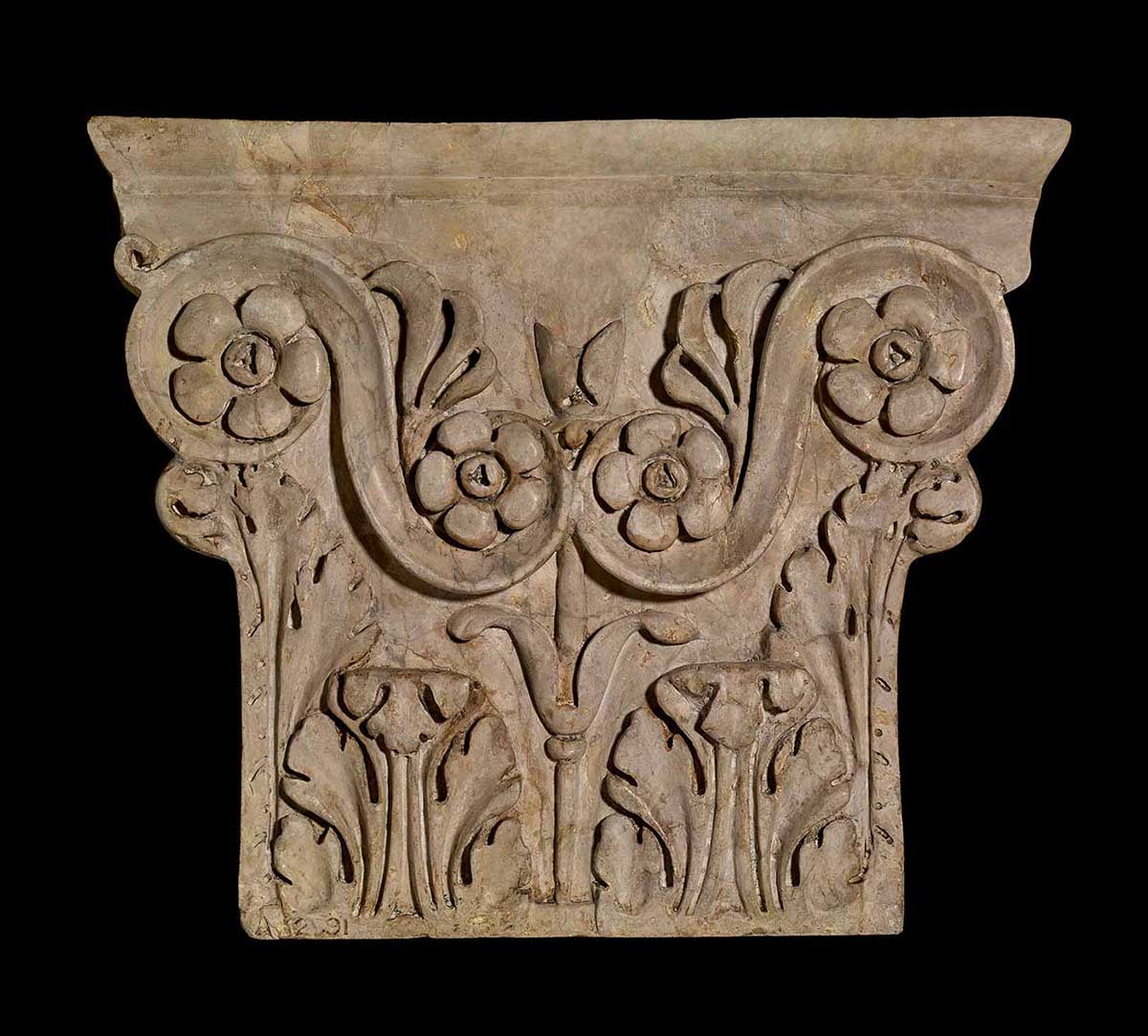Rome: City and Empire was an exhibition from the British Museum that was on show at the National Museum of Australia from 21 September 2018 to 3 February 2019. It captured the grandeur of the vast empire of ancient Rome and shared stories of everyday life, worship, war, glory and death through more than 200 objects.
While Rome: City and Empire is no longer with us, we can revisit the exhibition and dive back into all things Rome online.
Audio programs
There were eight audio programs recorded during Rome: City and Empire’s time at the Museum.
In ‘Roman discoveries’, Archaeologist Dr J Patrick Greene shares his experiences of working on excavations at Fishbourne Roman Palace, the Roman Baths in Bath and Portchester Castle.
In ‘Directors in conversation’, British Museum Director Hartwig Fischer and National Museum Director Mathew Trinca reflect on contemporary issues facing museums in the international arena.
You can explore these and more audio programs in the Rome series.
The cult of Flora in Ancient Rome and Canberra
On our blog, Rome: City and Empire curator Dr Lily Withycombe reflected on the parallels between ancient Rome and Canberra.
The arrival of spring in Canberra normally means the arrival of Floriade, held annually from mid-September to mid-October. The ancient Romans also had a flower festival called Floralia, named after Flora, the ancient goddess of flowers, blossoming plants and crops.
Due to Covid-19, Floriade has been reimagined this year. Instead of being held at Commonwealth Park in the ACT, small displays have been placed across the city, including at the Museum. There are blooms to see in our Forecourt Garden and Lakeside Amphitheatre.
Fun at home
Our Fun at home activities offer a range of craft projects for the little people in your life, including a Roman laurel wreath.
Laurels are traditionally made by weaving and twisting leaves from the laurel or bay tree (Laurus nobilis) into a circular shape. The Romans took many ideas from Ancient Greek mythology, including wearing a laurel like that worn by the Greek god Apollo.
In this activity, you’ll be using paper and carboard, instead of bay leaves, to make your laurel wreath. This activity is great for young kids with an adult supervisor.
We’ll keep bringing objects, collections, exhibitions and programs from the vault as part of the Museum from Home experience. Stay tuned!
In our collection
You may also like

